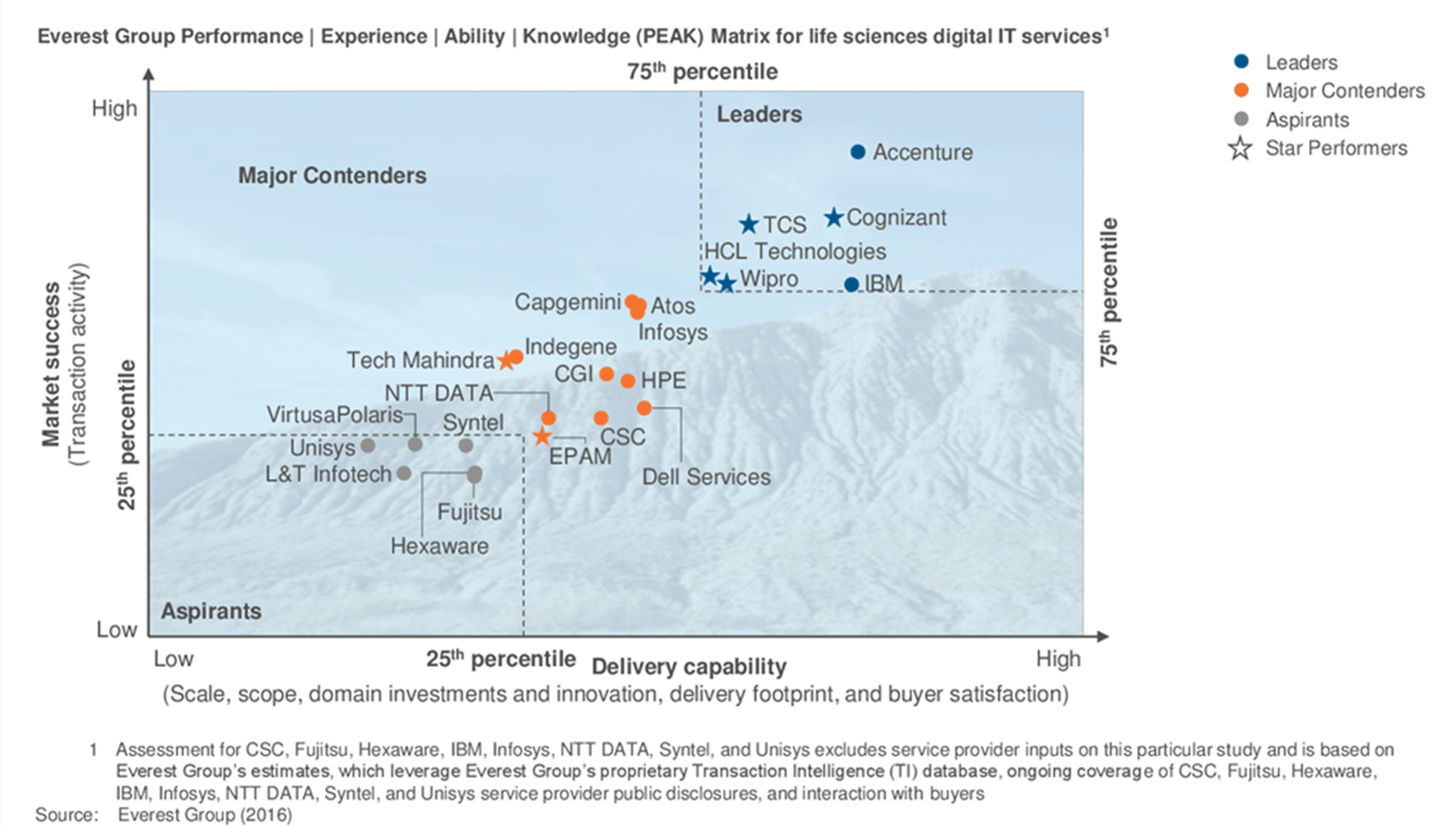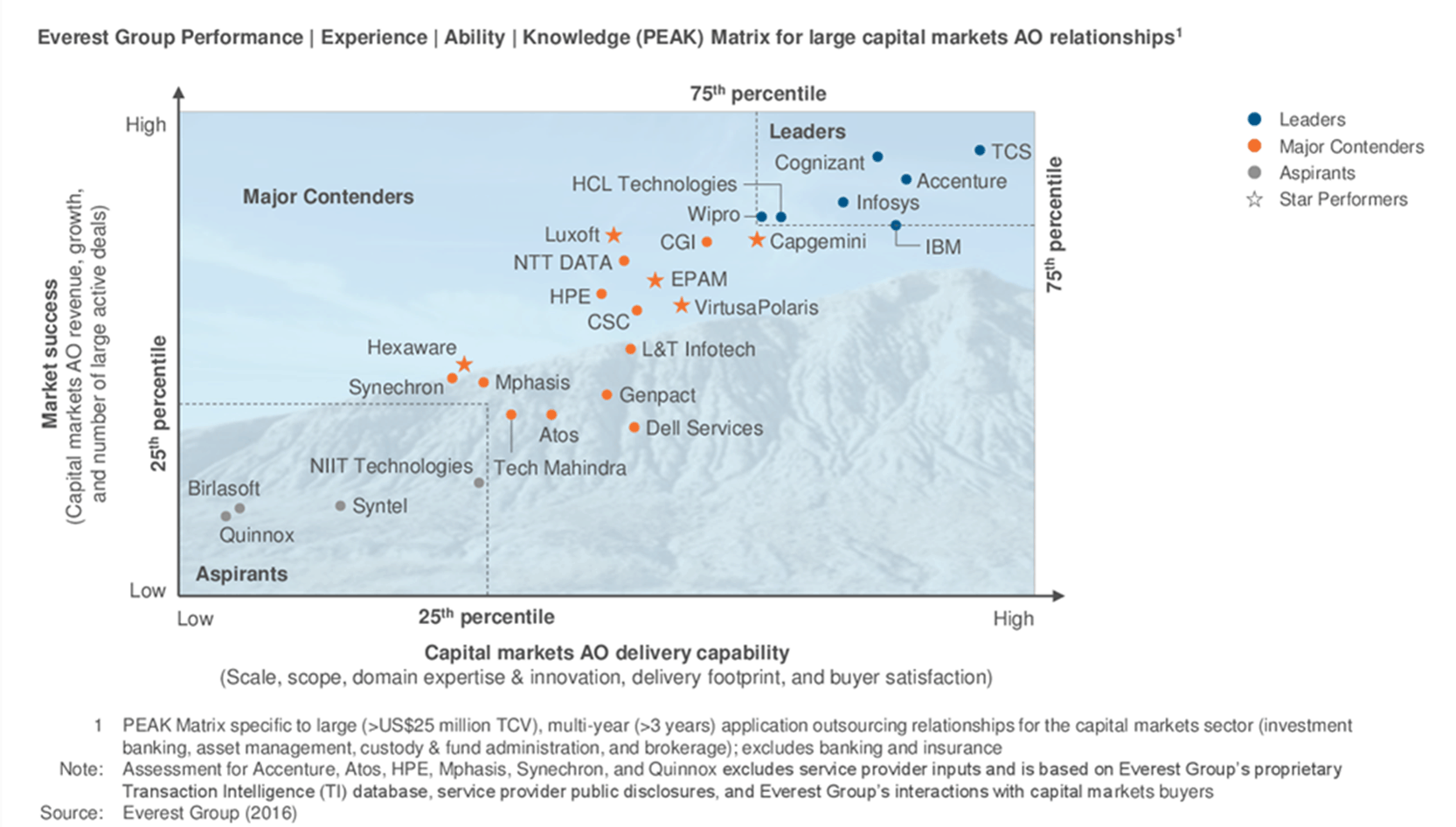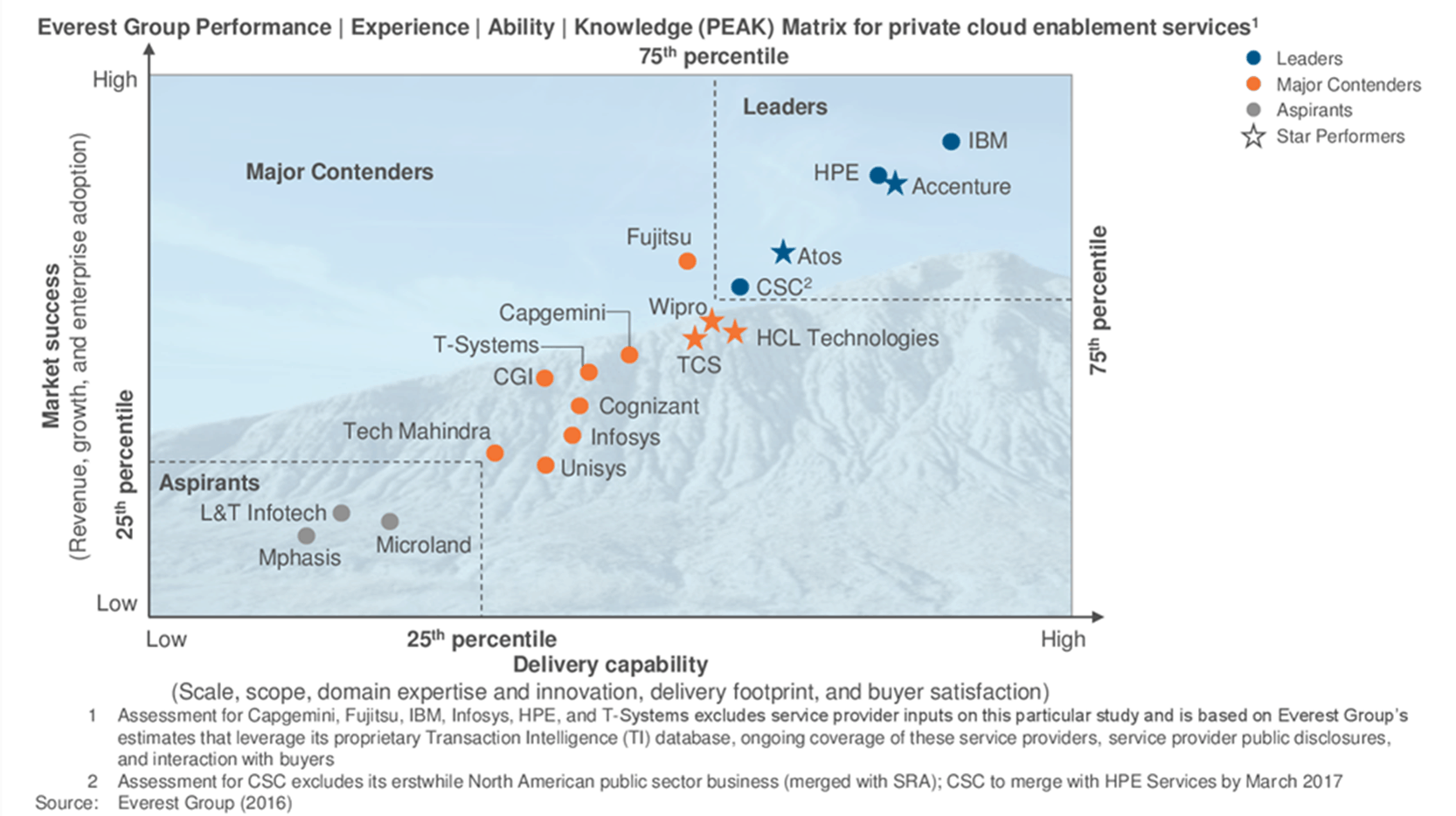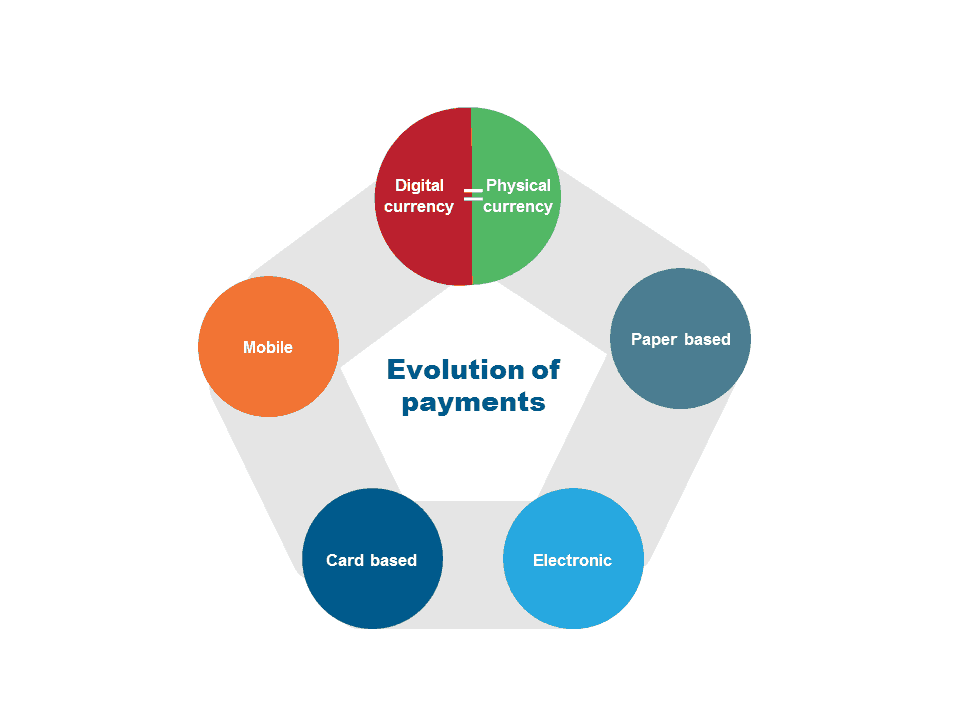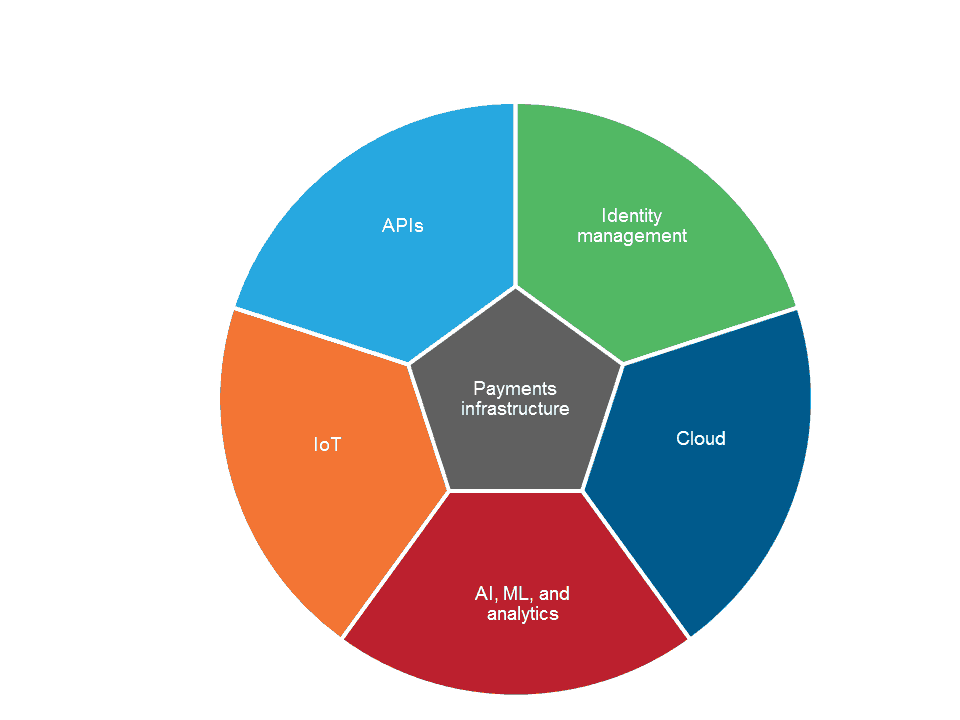Forces Driving Change in the Services Industry | Sherpas in Blue Shirts
The outsourcing industry is at an inflexion point. It reminds me of Bob Dylan’s hit song from the 1960s, “The Times They are A-changing.” I believe the industry will undergo dramatic change over the next two to three years.
Three forces are driving the change. The first is a shift in user and company expectations. I’ve blogged before about the watermelon phenomenon. Although performance dashboards indicate green for service levels and KPIs, the true picture is often red when it comes to user satisfaction with IT services.
Why is the satisfaction indicator red? One reason is a shift in users’ perception of what value is. Companies historically thought about value as a function of quality and cost. Quality was defined in service levels. Cost was defined as unit costs (per hour, per transaction, per server, etc.). But user’s focus on value has shifted from to the value of the business function.
As an example, consider the business function of employee onboarding. Value used to be viewed as the cost of providing the applications and the quality of the apps (reliability and resilience, and whether they provide the necessary functionality). But the perception of value shifted. For example, now it could be tied to how the new employees view their onboarding experience and whether or not the process results in employees that are well prepared to work in the company. It used to be viewed as the cost
Another reason the user satisfaction indicator is red is the dimension of speed. Companies have always been aware of the need for speed, but historically quality took precedence over speed. Increasingly we find users value speed more. It’s not speed in developing an application; it’s the speed to change the business functionality (such as the employee enrollment system in the example above). It doesn’t matter how quickly an IT group or a third-party service provider can make a change to the application or server; it’s how quickly they can change the functionality.
Users no longer associate value with the delivery components that make it up (such as the infrastructure uptime).
This shift in user’s perception of value is a fundamental reason why the services world is changing, and it’s driving different behaviors and decisions.
One way the change is manifesting is that companies that have outsourced processes now want to bring the work back in house so they can better focus on the business value and less on the service delivery components. The preference for insourcing and GICs is gathering momentum. This is evident in statements of leaders at leading companies such as:
- “Shell is clearly on a path to insource our project delivery capabilities.” (Jay Crotts, CIO, Shell)
- “We believe having our own center and doing more of the work ourselves will lead to lower turnover of people, we’ll have people who really understand our systems, people who are passionate.” (Therace Risch, CIO, JCPenney)
Historically, GICs or captives performed only low-cost delivery work. But they’re now gaining share in the marketplace for sophisticated work. Companies are investing in their GICs as they recognize the need for stronger alignment between IT and business users to drive value. The GICs are still located offshore, but the functions are back in house instead of performed by a third party.
The times, they are a-changing. In my next blog post, I’ll discuss two other forces driving change in the services industry.
